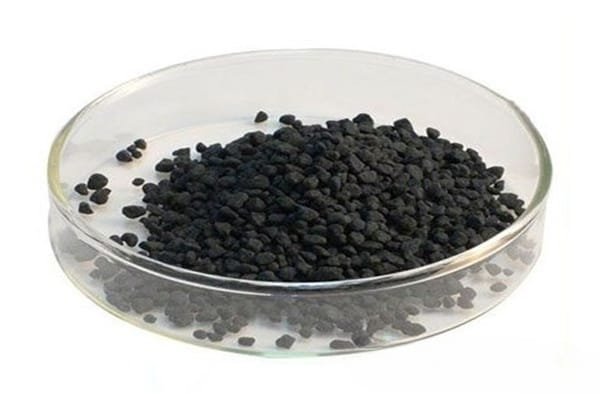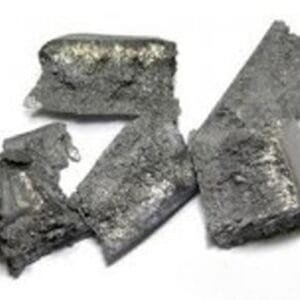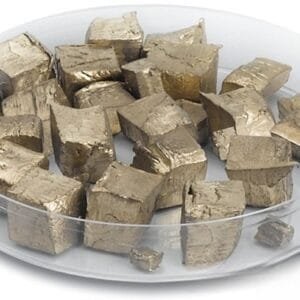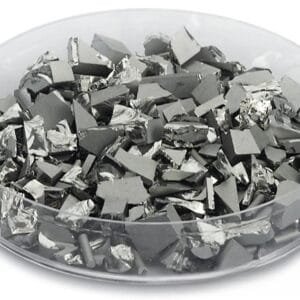Molybdenum Boride Evaporation Materials Overview
Molybdenum boride evaporation materials, identified by the chemical formula Mo2B5, are a specialized ceramic product provided by TFM. These materials are crucial in achieving high-quality thin films during various deposition processes. TFM is committed to delivering molybdenum boride materials with exceptional purity levels of up to 99.9995%, ensuring superior performance and reliability in advanced coating applications.
Specifications of Molybdenum Boride Evaporation Materials
| Material Type | Molybdenum Boride |
| Symbol | Mo2B5 |
| Appearance/Color | Solid |
| Melting Point | ~ 2000 °C (3630 °F) |
| Density | 8.65 g/cm3 at 25 °C |
| Purity | 99.5% |
| Shape | Powder/ Granule/ Custom-made |
Applications of Molybdenum Boride Evaporation Materials
Molybdenum boride is widely used in various deposition techniques including semiconductor, chemical vapor deposition (CVD), and physical vapor deposition (PVD) processes. It is particularly valuable for creating high-performance optical coatings such as protective layers, decorative finishes, and display technologies.
Packaging and Handling
TFM ensures that molybdenum boride evaporation materials are meticulously packaged to prevent damage during storage and transit. Each package is clearly labeled for easy identification and to facilitate stringent quality control measures.
Contact Us
As a premier supplier of high-purity molybdenum boride evaporation materials, TFM offers a variety of forms including tablets, granules, rods, and wires. We also provide custom solutions to meet specific requirements. In addition to molybdenum boride materials, TFM supplies evaporation sources, boats, filaments, crucibles, heaters, and e-beam crucible liners. For the latest pricing and further information on our products, please reach out to us with your inquiry.


 MSDS File
MSDS File



Reviews
There are no reviews yet.